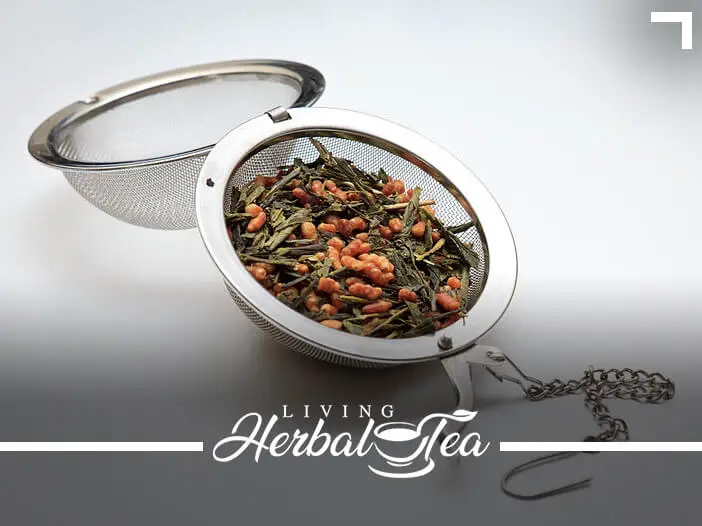I’ve gotten several emails lately asking about how long to steep loose herbal tea simples and blends. The fact is that there’s no one magic time that serves every single medicinal plant out there, but we can certainly make the process of figuring it out a whole lot easier. In my experience it’s very hard to ruin an herbal tea experience because you brewed too long or too short. Experts in thew field of artisan and boutique green and black teas time their steeping down to the second in some cases, but when it comes to a delightful cup of healing herbal tea, we don’t have to get that detailed. What follows is a simple chart you can refer to when figuring out how long to steep herbal tea. Enjoy!
Start With Hot Water
Before we talk about steeping times, let’s clarify how hot the water should be. For most medicinal herbs you can bring the water just to the point of boiling. Your teapot will just start to whistle or steam heavily at this point. Remove the pot from the heat and let it relax as you prepare your blend. The temperature will be perfectly hot that way.
Flowers
If your herbal tea is made up mostly of flowers like chamomile, passion flower, skullcap, calendula, or rose, you’ll be better off steeping too short than too long. Flowers can take on a pungent or bitter taste when they’ve been over-cooked, so less is more. 5-6 minutes is a safe zine for most flowers.
Leaves
Almost all herbal teas made from the leaves have a very forgiving steep time. Leaves tend to retain their flavor and profile even if they’re left a few minutes too long, so it’s a truly stress-free steeping process! 6-8 minutes is a great time zone for leaves.
Stalks and Stems
Many herbal tea types come from the actual stalks and stems of various medicinal plants. Oat straw, rosemary, and horse tail are just a few popular examples of stalks and stems steeped for their healing benefits. Stems and stalks tend to have a tough outer layer that helps them stand up tall and reach for the sun. They also tend to be more fibrous and multi-layered. For this reason, a longer steep time of about 8-10 minutes is usually a great time zone.
Roots & Rhizomes
Roots are dug up from the Earth where they are usually protected by the ground that holds them. Although roots are tough, they generally steep relatively easily and don’t need a lot of extra care. In order to get the most out of root teas like ginseng and ginger, I suggest cutting or pulverizing them into small pieces just before you brew to increase the surface area. A 7-9 minute steeping should be just right. If you feel that your specific herb is lacking in the robust flavor that most roots usually offer, steep 2 minutes extra next time.
What we didn’t cover here was bark, seeds, twigs, woods, and some tougher roots and rhizomes. These need to be prepared via concoction where they are gently heated in a covered pan for upwards of an hour. I’ll cover concoctions in a separate post since making them is a very interesting process with a few important details.
Take It Personally!
Every herb we use for creating healing herbal tea is unique. Some herbalists know that chamomile is a little more apt to change its flavor when steeped to long than chrysanthemums may be. The best way to get in touch with steeping times is to get in touch with the plant itself. Work with it, pay attention to how long you steep and how the flavor and fragrance unfolds, and let each plant initiate you into the best way to work with it. Remember always that the plants we use in making medicinal herbal tea were once alive and had life energy coursing through them – and that the spirits of these plants are very much a wise and intelligent part of the tea making process. We are so blessed!
Enjoy!


